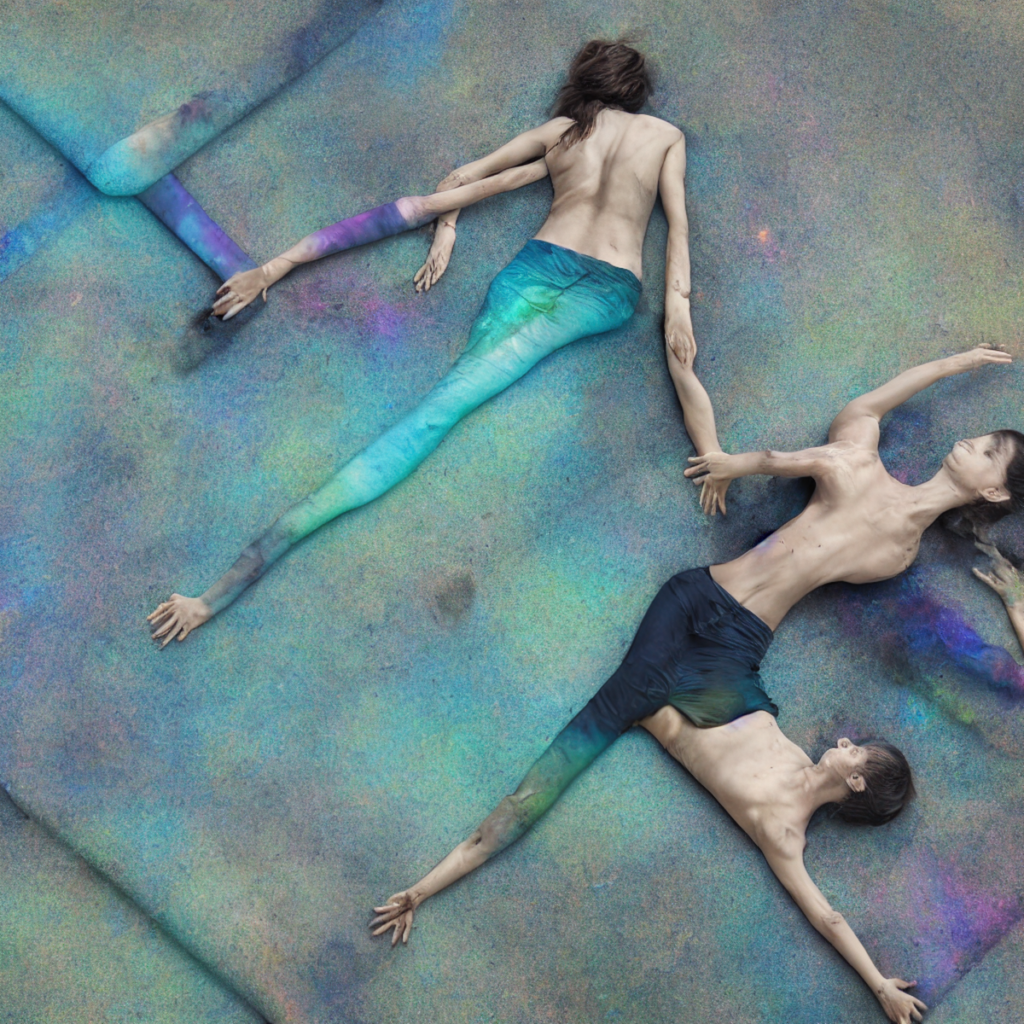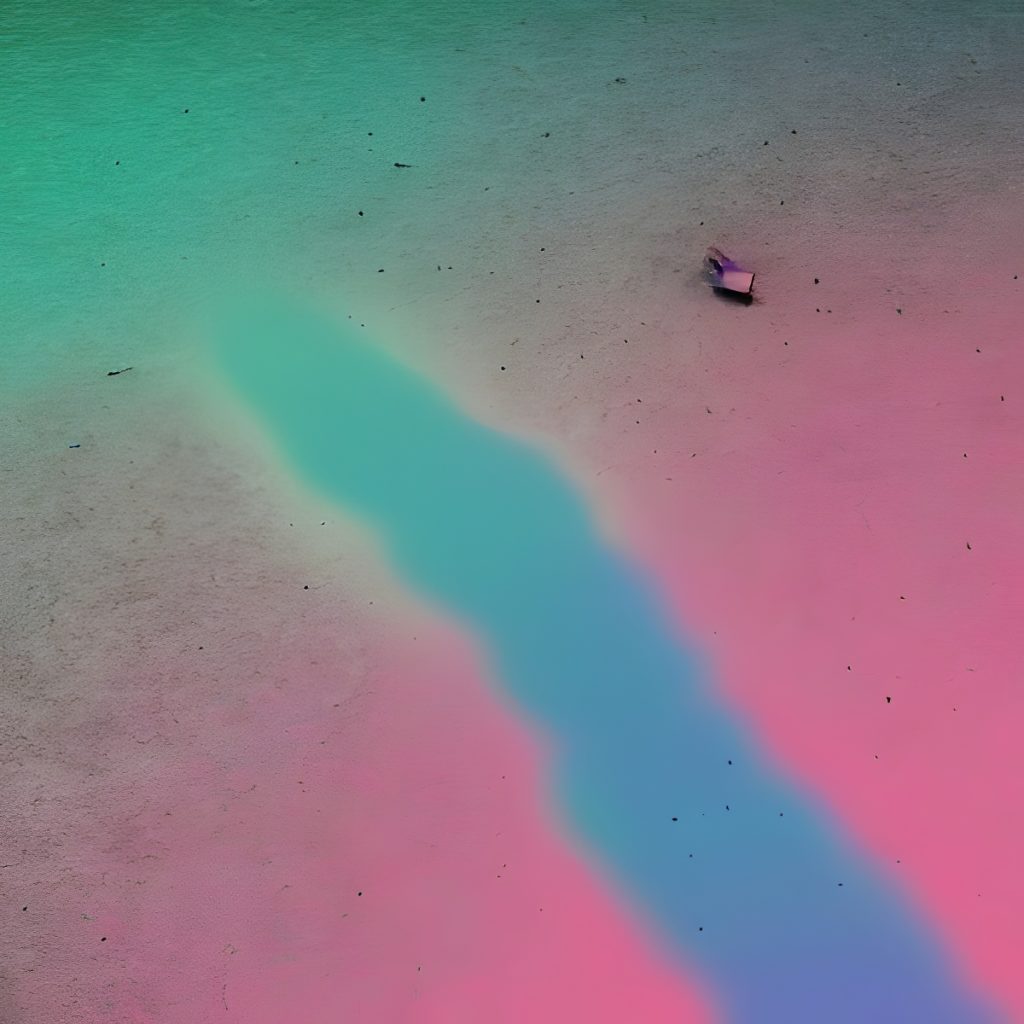Ce qui n’existait pas et ce qui subsistera/What did not exist and what will remain

L’une des activités fondamentales de l’être humain semble consister à produire des choses qui n’existent pas. Il faut immédiatement ajouter et préciser à ce mode d’inexistence, le fait qu’il consiste à séparer une matière d’une forme, c’est-à-dire à donner une forme à une matière afin de lui accorder une valeur d’usage, déterminée comme relation, différente. C’est donc selon un schéma classique de l’hylémorphisme instrumental aristotélicien que l’inexistence se définit comme une nouvelle formation utile.
Or ce principe de créer de l’inexistence pose deux séries de questions. La première est qu’une telle activité nous fait entrer dans un rapport avec ce qui est subsistant, c’est-à-dire ce qui existe sans nous e/ou ce qui existe sans que nous lui donnions une forme. Cette subsistance a donné lieu à un renouveau de l’absolu ontologique ces dernières années, avec parfois une certaine naïveté, mais qui était du moins le symptôme de cette altérité reprise en compte. La seconde est plus difficile à comprendre, car la formation de la matière pour un usage déterminé produit des déchets, c’est-à-dire une autre forme de ce qui subsiste et qui donne l’impression de boucher la matière et pour ainsi dire le monde. On extrait de la matière formée pendant des millions d’années, on lui donne forme, on l’utilise un temps si bref, on jette et elle retourne sous terre. La production de déchets rend difficilement praticable la reformation de la matière pour le même usage ou pour un nouvel usage, et brise ainsi le cycle des métamorphoses hylémorphiques. Les raisons pour lesquelles le fait de donner forme techniquement à la matière produie déchets et pollution qui transforment, par l’usage de l’énergie consumée, les conditions d’habitabilité de la Terre restent à explorer. On anticipe que l’hypothèse d’une technique biomorphique qui prendrait comme modèle la métamorphose de la matière qui subsiste n’est peut-être qu’une utopie irréalisable dans le cadre d’une production massive destinée à des milliards d’individus.
Plutôt que de faire rentrer dans une dialectique d’opposition simple la production de l’inexistant et la subsistance de ce qui existe sans nous, l’objectif ne serait-il pas d’élaborer une dialectique complexe, sachant garder les distinctions tout en élaborant les modalités d’interaction, entre les deux ? Ainsi comprendre, comme je l’ai déjà abordé dans un précédent petit texte, la relation structurelle entre l’inexistence de l’imagination artificielle et la subsistance de la transformation atmosphérique de la Terre, constitue sans doute une stratégie plus valable que défendre un solutionnisme technologique ou un sécessionnisme naturaliste et bucolique. Il ne faudrait pas, et c’est là un point d’importance, croire que tout est dans tout, que la métamorphose traverse la nature comme les techniques de manière indifférente et joyeuse. Il y a du reste, il y a du vif et du mortel, un déchirement dans la matière, des éléments solitaires et conflictuels qu’il s’agit de définir avec la plus grande précision possible.

One of the fundamental activities of the human being seems to consist in producing things which do not exist. It is immediately necessary to add and to specify to this mode of non-existence, the fact that it consists in separating a matter from a form, i.e. in giving a form to a matter in order to grant it a use value, determined as a relation, different. It is thus according to a classical scheme of Aristotelian instrumental hylemorphism that non-existence is defined as a new useful formation.
But this principle of creating inexistence raises two sets of questions. The first is that such an activity brings us into a relationship with what is subsistent, that is, what exists without us and/or what exists without us giving it a form. This subsistence has given rise to a revival of the ontological absolute in recent years, sometimes with a certain naivety, but which was at least the symptom of this otherness being taken into account. The second is more difficult to understand, because the formation of matter for a determined use produces waste, that is to say another form of what remains and which gives the impression to block the matter and so to say the world. Matter formed over millions of years is extracted, shaped, used for a short time, thrown away and returned to the ground. The production of waste makes it difficult to reform the material for the same or a new use, and thus breaks the cycle of hylemorphic metamorphosis. The reasons why the technical shaping of matter produces waste and pollution that transforms, by the use of the consumed energy, the conditions of habitability of the Earth remain to be explored. We anticipate that the hypothesis of a biomorphic technique which would take as a model the metamorphosis of the matter which remains is perhaps only an unattainable utopia within the framework of a massive production intended for billions of individuals.
Rather than putting into a dialectic of simple opposition the production of the non-existent and the subsistence of what exists without us, wouldn’t the objective be to elaborate a complex dialectic, knowing how to keep the distinctions while elaborating the modalities of interaction, between the two? Thus to understand, as I already approached it in a previous small text, the structural relation between the inexistence of the artificial imagination and the subsistence of the atmospheric transformation of the Earth, constitutes without doubt a more valid strategy than to defend a technological solutionism or a naturalistic and bucolic secessionism. It would not be necessary, and it is there a point of importance, to believe that all is in all, that the metamorphosis crosses the nature as the techniques in an indifferent and joyful way. There is the rest, there is the lively and the mortal, a tearing in the matter, solitary and conflicting elements that it is a question of defining with the biggest possible precision.
